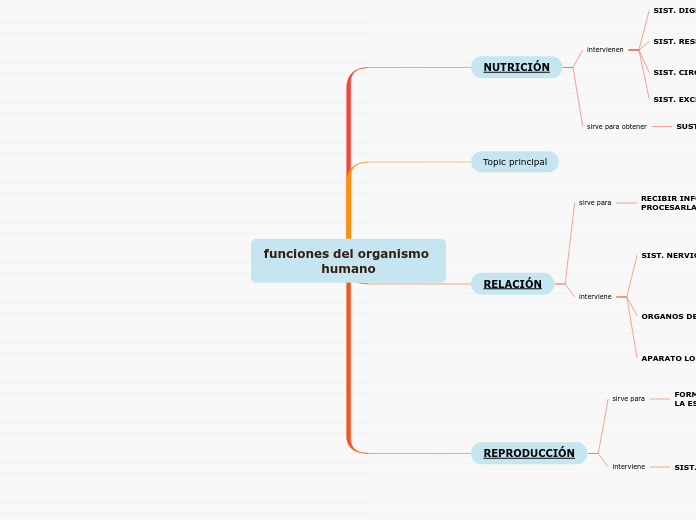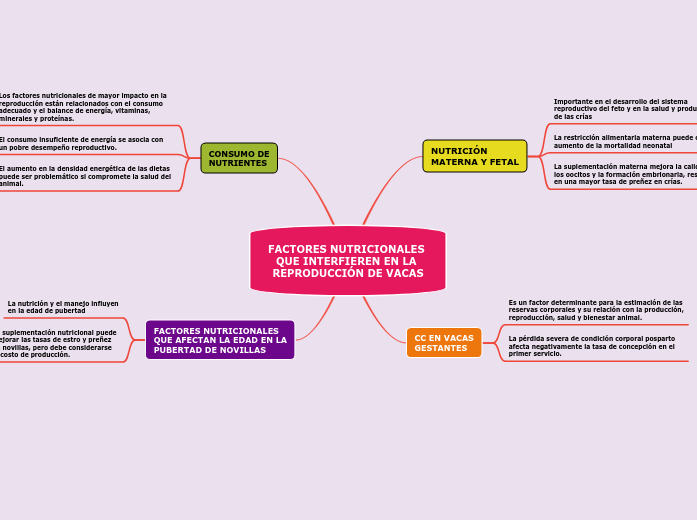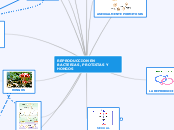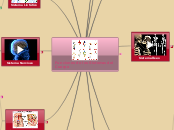funciones del organismo humano
To name your story, you have to think about the overall message and what you want your audience to understand from the story. Also, make it relevant and easy to remember.
REPRODUCCIÓN
The ending of a story is essential. We all know that if the ending is weak, what happened before loses its importance. So make it unpredictable, but fair. A resolved ending answers all the questions and ties up any loose threads from the plot.
This is the closure section of the story.
See examples of possible outcomes below:
- all problems have been solved
- it's clear how each one of your characters ends up
- your main character is transformed by the challenge
SIST. REPRODUCTORES
Try answering these questions to come up with a closure:
- Have all the problems been solved?
- Is there a clear picture of what happens with each character in the story?
- Has the challenge transformed your main character?
- How do the characters feel in the end?
FEMENINO
EXTERNOS: CLITORIS, LABIOS MAYORES, LABIOS MENORES, VULVA. INTERNOS: OVARIOS, ÚTERO, OVIDUCTOS O TROMPAS DE FALOPIO, VAGINA
MASCULINO
órganos que lo componen
EXTERNOS: PENE, ESCROTO, TESTICULOS. INTERNOS: EPIDÍDIMO, CONDUCTORES DEFERENTES, URETRA, GLANDULAS ACCESORIAS, PROSTATA, VESICULA SEMINAL
This is the moment when the main character surpasses the last obstacle and finally faces their greatest challenge.
The climax usually follows one of these patterns:
- realization
- resolution
- choice
Type in your answer.
FORMAR UN NUEVOS INDIVIDUO, MANTENER LA ESPECIE
RELACIÓN
The middle of the story is where you add layers of complications that will lead to the end. Reveal more about the character's journey. Did their personality go through changes? How did they overcome the challenges? And as you build up the story’s central conflict, make it more personal to that character. Also, from the middle act, you have to lead into the final act.
interviene
APARATO LOCOMOTOR
LLEVAR A CABO LAS RESPUESTAS
MUSCULOS Y HUESOS
ORGANOS DE LOS SENTIDOS
CAPTAR LOS ESTIMULOS, TRANSMITIR ESA INFORMACIÓN
VISTA, OÍDO, GUSTO, OLFATO
SIST. NERVIOSO
INTERPRETAR LAS SEÑALES, ELABORAR LAS RESPUESTAS
compuesto por
PERIFERICO
formado por
NERVIOS SENSITIVOS, NERVIOS MOTORES
CENTRAL
sus órganos son
CEREBRO, CEREBELO, MEDULA ESPINAL
sirve para
Your character(s) need(s) motivation in order to solve the challenge(s).
RECIBIR INFORMACIÓN DEL ÁMBIENTE, PROCESARLA Y ELABORAR RESPUESTAS
Secondary characters also might have motivs beacuse of which they may cross path with main character or which might trigger them to help the main character.
Topic principal
NUTRICIÓN
In the beginning of the story (or the exposition), you will need to introduce the setting and characters. You might also want to introduce the main conflict. This part of the story is important because it gives the reader necessary background information and maybe even a first insight into a character’s personality.
sirve para obtener
The setting (time & place) of a story can change throughout the plot.
SUSTANCIAS Y ENERGÍA
Sensory details include sight, sound, touch, smell, and taste. These details are important because they create depth in your setting.
See a few examples below:
- the smell of fresh bread
- the scent of freshly cut grass
- rain falling onto the windshield etc.
a través de
ALIMENTOS
que aportan
- HIDRATOS DE CARBONO, LIPIDOS, PROTEINAS, VITAMINAS, MINERALES, AGUA.
intervienen
SIST. EXCRETOR
EXPULSAR SUSTANCIAS DE DESECHO
SIST. CIRCULATORIO
TRANSPORTAR SUSTACIAS (NUTRIENTES Y OXIGENO Y LAS SUSTACIAS DE DESECHO)
SIST. RESPIRATORIO
CAPTAR OXIGENOY EXPULSAR DIOXIDO DE CARBONO
SIST. DIGESTIVO
su función es
CONSEGUIR NUTRIENTES DE LOS ALIMENTOS, ABSORVERLOS Y EXPULSAR LOS RESTOS










